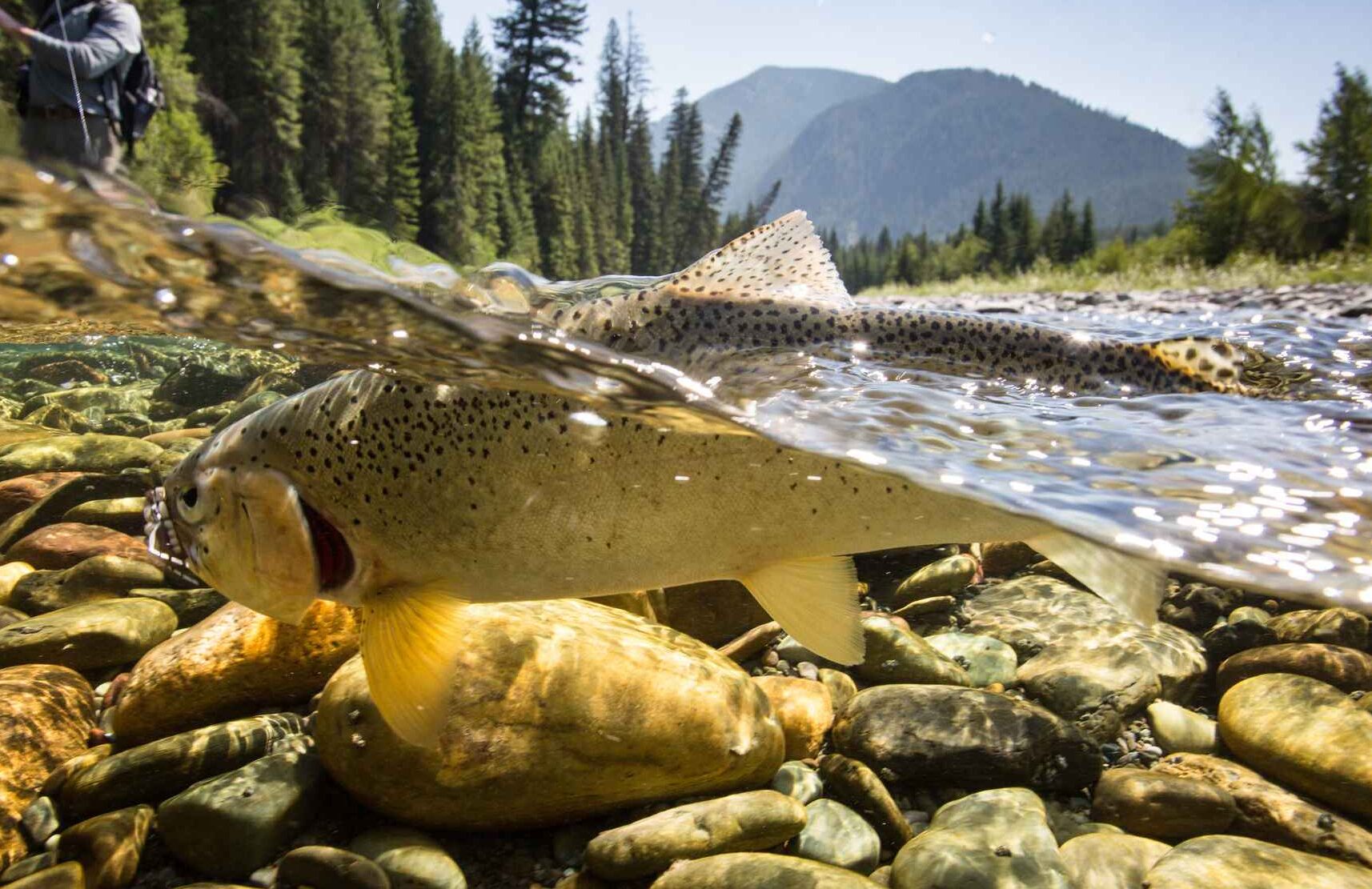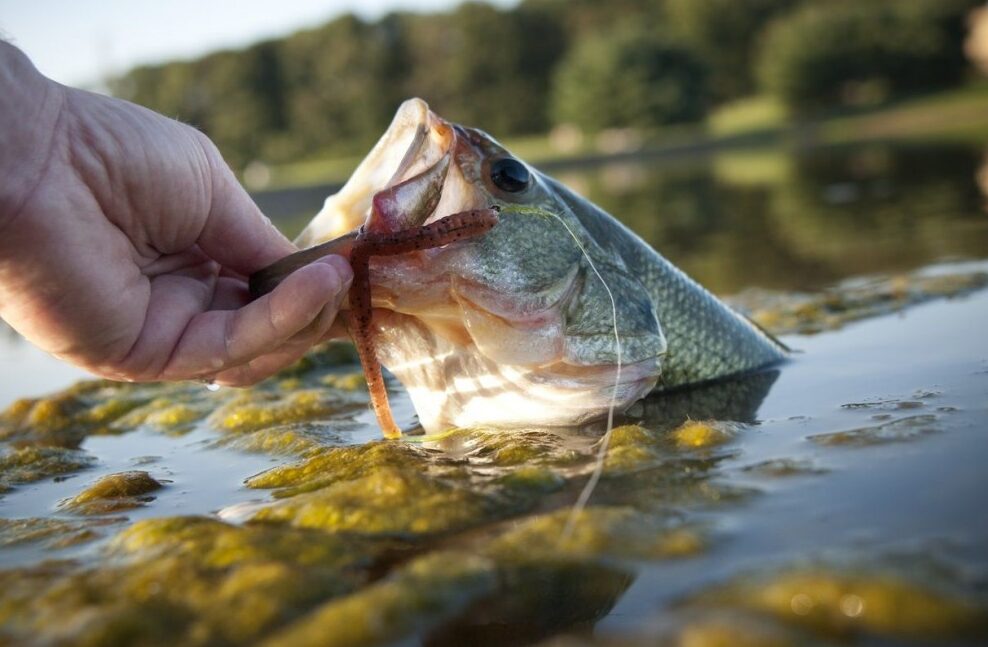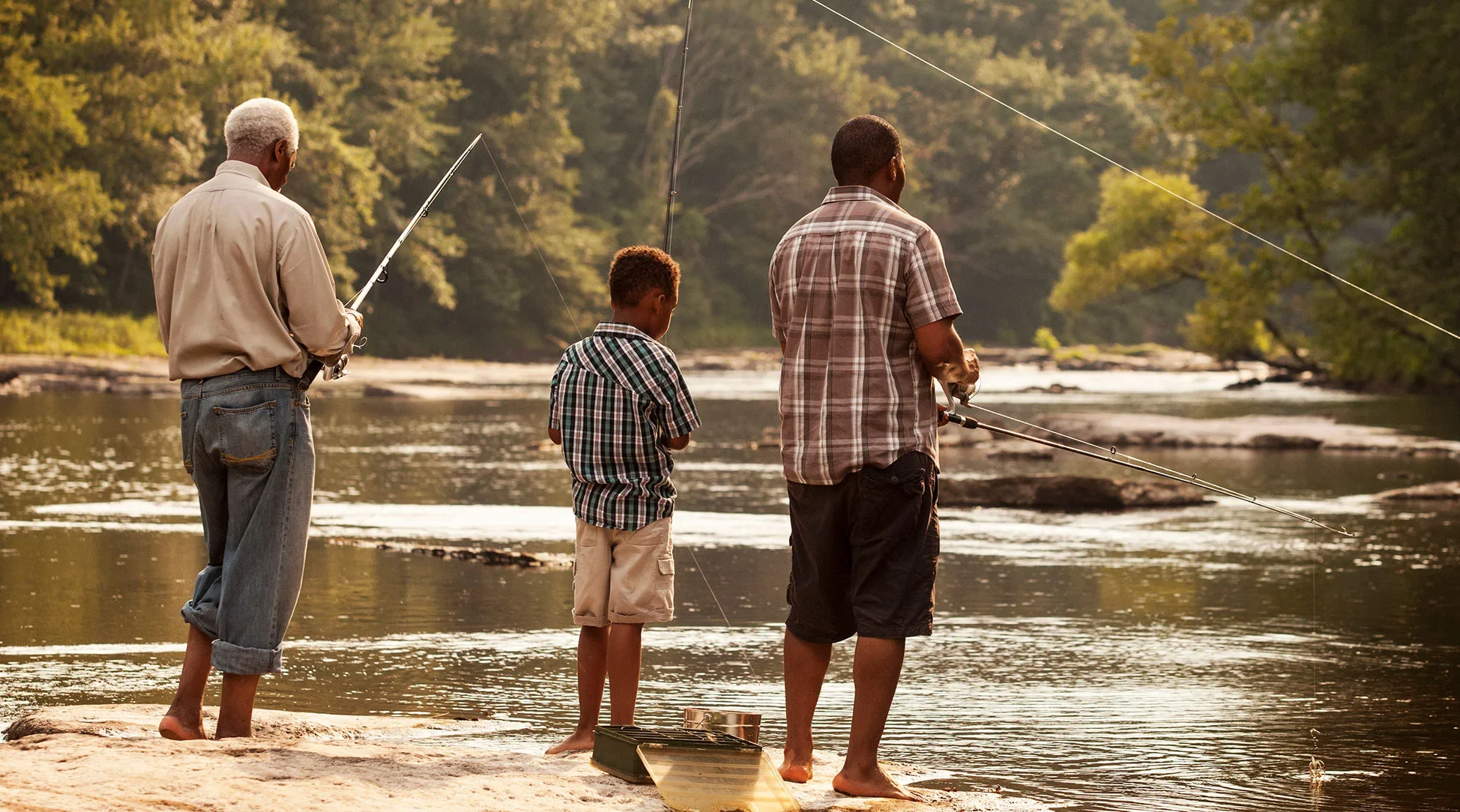Trout fishing in mountain streams is a challenging but rewarding activity for anglers. Mountain streams are known for their fast-moving water, steep terrain, and elusive trout. To successfully catch trout in these conditions, anglers must understand the unique challenges of mountain stream fishing and the gear and equipment needed to tackle them.
Understanding the challenging conditions of mountain stream fishing is crucial to success. Trout in these streams are fast and wary, making stealth and speed essential. Additionally, fishing in early summer runoff or storm flood conditions can present a classic challenge for fly fishermen. To overcome these challenges, anglers should consider using techniques such as fly fishing or bait fishing, which are ideal for catching mountain stream trout. Moreover, anglers should be aware of the different trout fishing tactics and techniques required for different conditions and feeding patterns.
Basic gear and equipment are necessary for successful mountain stream fishing. A small selection of nymphs, dry flies, and streamers can be easily carried in a small hip bag or fishing vest. Additionally, a rod and reel, bait hooks, bobbers, and artificial lures are essential for catching trout in mountain streams. Hiring a guide can also be helpful for those new to fly fishing terminology and technique. By understanding the unique challenges of mountain stream fishing and having the right gear and equipment, anglers can enjoy a successful and rewarding day on the water.

Techniques for Navigating Mountain Stream Terrain
One of the most critical skills for successful trout fishing in mountain streams is reading the water and identifying fish habitat. This skill involves observing the flow of the water, looking for areas of turbulence, and identifying underwater structures where trout may be hiding. Different conditions and feeding patterns require different tactics and techniques for locating and catching trout. In cold water streams and rivers fed by mountain snow runoff, it is essential to look for cold water as it is the single biggest factor in locating trout. By understanding the habitat preferences of trout, anglers can increase their chances of success in mountain stream fishing.
Strategies for approaching and casting in tight spaces are also crucial for navigating the challenging terrain of mountain streams. When fishing in small streams, it is important to work upstream, which gives the angler the advantage of approaching trout from the rear. Extreme stealth measures, such as crawling on hands and knees, may also be necessary in some situations to avoid spooking the fish. Additionally, committing to keeping casts soft and accurate is critical for dissecting the short seams and microcurrents on small water. Floats can also be used in rivers and streams to increase casting distance and accuracy.
Patience and stealth are essential when fishing in mountain streams. In areas with slower water, targeting trout on dry flies can be a demanding challenge for any angler, and keeping a distance from the fish is key. Good trout fishing techniques for moving waters include casting a spinner or spoon and reeling in any slack line as the lure drifts downstream. By incorporating these strategies into their fishing approach, anglers can increase their chances of success in the challenging conditions of mountain stream fishing.
Understanding Trout Behavior in Mountain Streams
To successfully catch trout in mountain streams, it is important to understand their feeding habits. Trout feeding habits can vary depending on the conditions of the stream, so it’s best to come prepared with both fly fishing and bait fishing techniques. Locating trout and applying the right tactic is essential for success. Bait fishing with sweet corn, worms, grasshoppers, and small baitfish is a common technique for catching mountain stream trout. Additionally, still-fishing with bait is often the most fool-proof method.
Choosing the right fishing spot and identifying good trout water are also crucial for successful trout fishing in mountain streams. Cold water in the mountain streams usually means the fish aren’t rising, and nymphs are a safer bet. Fly fishing is also popular among stream trout anglers and is often used to present imitations of aquatic and terrestrial insects. Matching the hatch, or mimicking local insects, is important for attracting trout. Local intel is key to choosing the right flies and lures.
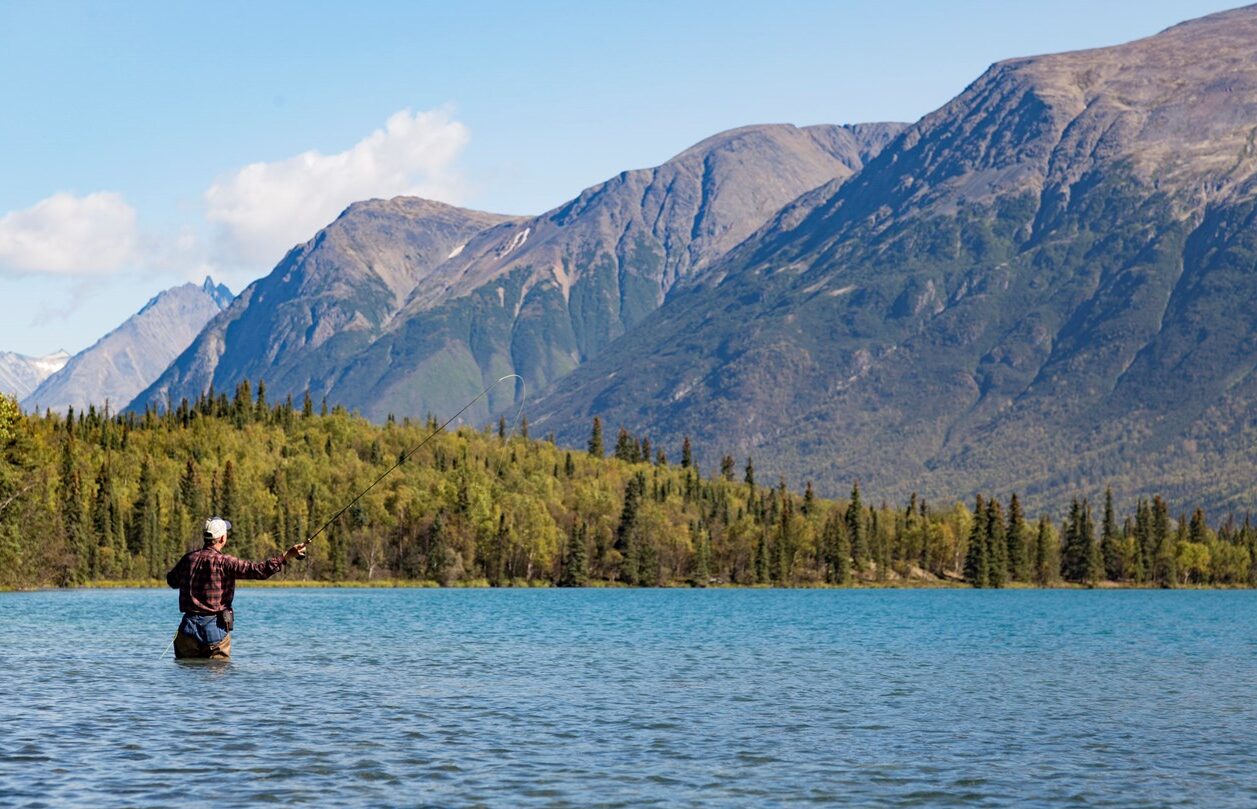
Trout eat a variety of foods, including aquatic insects, terrestrial insects, other fish, crustaceans, leeches, and worms. Understanding the influence of aquatic insects on Montana trout is crucial for successful fly fishing. Small Smoky Mountain Trout Streams require creative cast and presentations to get the fly into productive water. Overall, understanding trout behavior and feeding habits is essential for successful trout fishing in mountain streams.
Techniques for Fishing in Challenging Conditions
When fishing in mountain streams, anglers often face challenging conditions such as high water and fast currents. During high flows, nymphing is often the best option to catch trout, as most stretches of water will not provide enough slack water to cast a dry fly. Additionally, fishing with streamers can be effective in these conditions, as they mimic larger prey that may be swept downstream. Anglers should also focus on fishing the edges of the current, where trout often hold to conserve energy. By adjusting their techniques to these challenging conditions, anglers can increase their chances of catching trout in mountain streams.
On the other hand, low water and clear conditions can also present challenges when fishing in mountain streams. In these conditions, trout are more easily spooked and may be less willing to take a fly. Anglers should adjust their approach by using smaller, more natural-looking flies and lighter tippets to avoid detection. Additionally, fishing early in the morning or late in the evening when light levels are lower can be effective in these conditions. By making these adjustments, anglers can increase their chances of catching trout in low water and clear conditions.
Windy conditions can also present challenges when fishing in mountain streams. Anglers should focus on casting techniques that can help them overcome the wind, such as the sidearm cast or the double haul cast. Additionally, using heavier rigs and faster-action rods can help anglers cast more accurately in windy conditions. Finally, anglers should pay attention to the fundamentals of their casting technique, such as the straight line path of the rod tip, to ensure accurate and effective casts. By utilizing these strategies, anglers can successfully fish in windy conditions and increase their chances of catching trout in mountain streams.
Conservation and Ethics in Mountain Stream Fishing
Mountain stream fishing is a popular activity for many anglers, but it is important to practice conservation and ethical principles to protect the fragile ecosystem and ensure the sustainability of the fishery. Catch and release is a crucial conservation practice in mountain stream fishing, as it helps to prevent over-harvesting of fish stocks. When practicing catch and release, it is important to handle the fish with care, cradling it gently and avoiding squeezing the fish, which can harm its delicate internal organs. By practicing catch and release, anglers can help to maintain healthy fish populations and preserve the natural beauty of mountain stream fisheries.
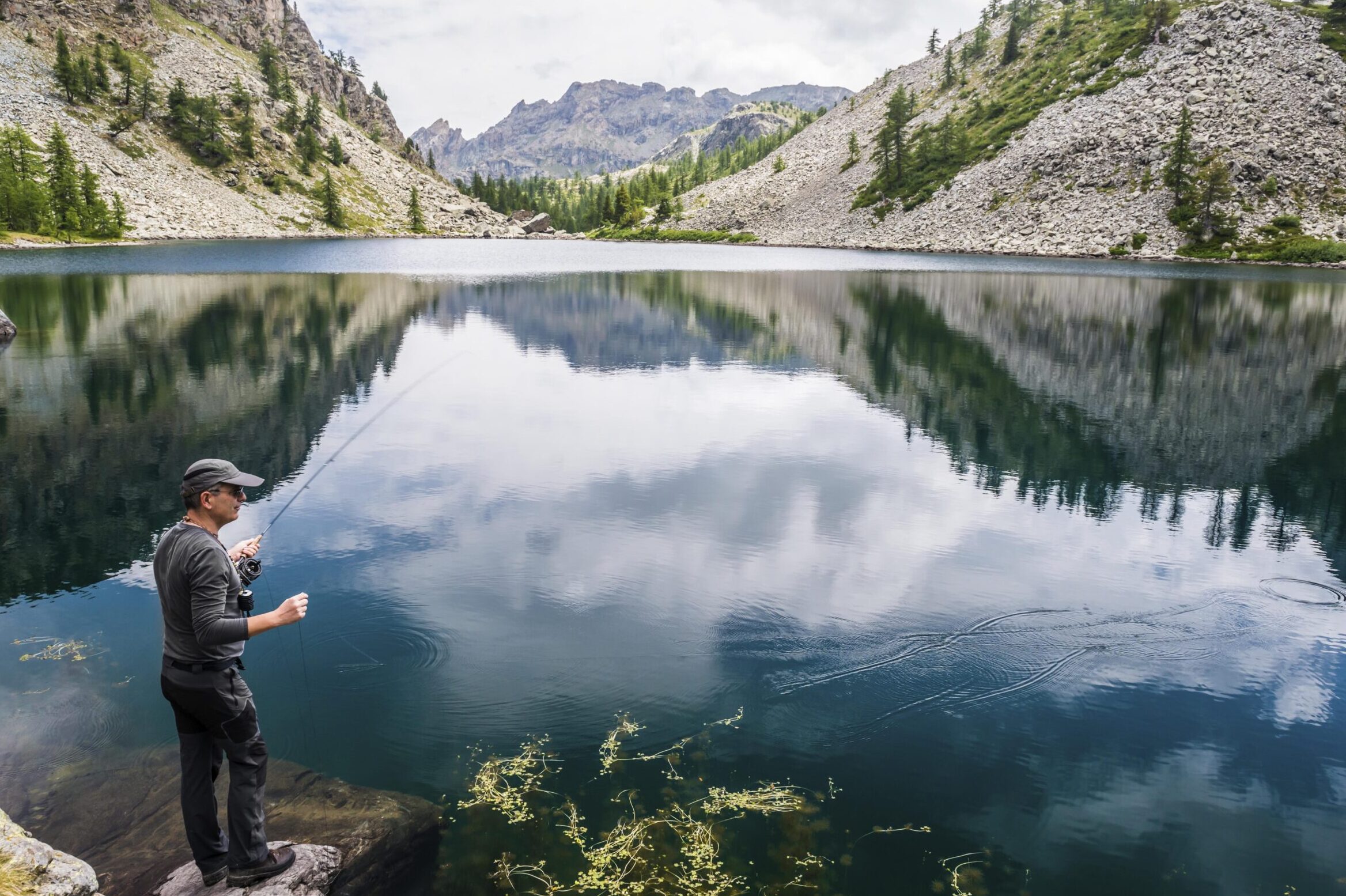
Leave No Trace principles are also essential in mountain stream fishing to minimize the impact on the environment. Anglers should always stay on designated trails and campsites and avoid disturbing vegetation and wildlife. In addition, anglers should properly dispose of all waste and avoid leaving any trace of their presence in the wilderness. By following Leave No Trace principles, anglers can help to protect the natural ecosystem and ensure that mountain stream fisheries remain healthy and sustainable for future generations.
Advocating for conservation and protection of mountain stream fisheries is another important aspect of responsible angling. This can involve supporting organizations that work to protect and restore mountain stream habitats, as well as advocating for policies that promote sustainable fishing practices. Anglers can also play a role in educating others about the importance of conservation and ethical fishing practices, helping to ensure that mountain stream fisheries remain healthy and vibrant for years to come. With proper conservation and ethical practices, anglers can continue to enjoy the beauty and excitement of mountain stream fishing while also helping to protect and preserve these unique and valuable ecosystems.
